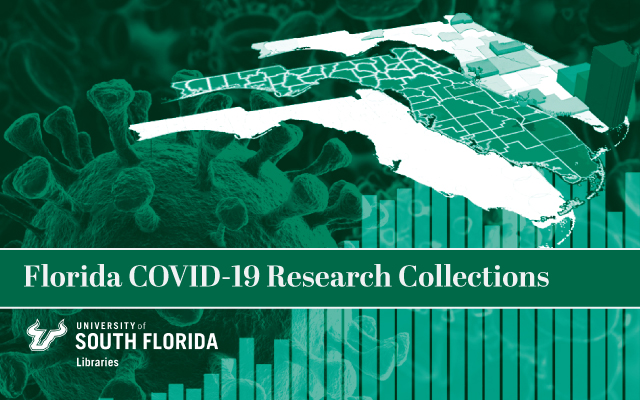
All publications
Impact of School Reopening on Pandemic Spread: A Case Study using an Agent-Based Model for COVID-19
Document Type
Article
Publication Date
3-2021
Keywords
COVID-19, SARS-CoV-2, Agent-based simulation model, school reopening, school transmission rate, age-specific impact
DOI
https://doi.org/10.1101/2021.03.13.21253485
Abstract
This article examines the impact of partial/full reopening of school/college campuses on the spread of a pandemic using COVID-19 as a case study. The study uses an agent-based simulation model that replicates community spread in an urban region of U.S.A. via daily social mixing of susceptible and infected individuals. Data representing population demographics, SARS-CoV-2 epidemiology, and social interventions guides the model’s behavior, which is calibrated and validated using data reported by the government. The model indicates a modest but significant increase (8.15 %) in the total number of reported cases in the region for a complete (100%) reopening compared to keeping schools and colleges fully virtual. For partial returns of 75% and 50%, the percent increases in the number of reported cases are shown to be small (2.87% and 1.26%, respectively) and statistically insignificant. The AB model also predicts that relaxing the stringency of the school safety protocol for sanitizing, use of mask, social distancing, testing, and quarantining and thus allowing the school transmission coefficient to double may result in a small increase in the number of reported infected cases (2.14%). Hence for pandemic outbreaks from viruses with similar characteristics as for SARS-CoV-2, keeping the schools and colleges open with a modest campus safety protocol and in-person attendance below a certain threshold may be advisable.
Citation / Publisher Attribution
medRxiv, March 15, 2021, art. 21253485
Scholar Commons Citation
Tatapudi, Hanisha; Das, Rachita; and Das, Tapas K., "Impact of School Reopening on Pandemic Spread: A Case Study using an Agent-Based Model for COVID-19" (2021). All publications. 103.
https://digitalcommons.usf.edu/usf_fcrc_all/103

